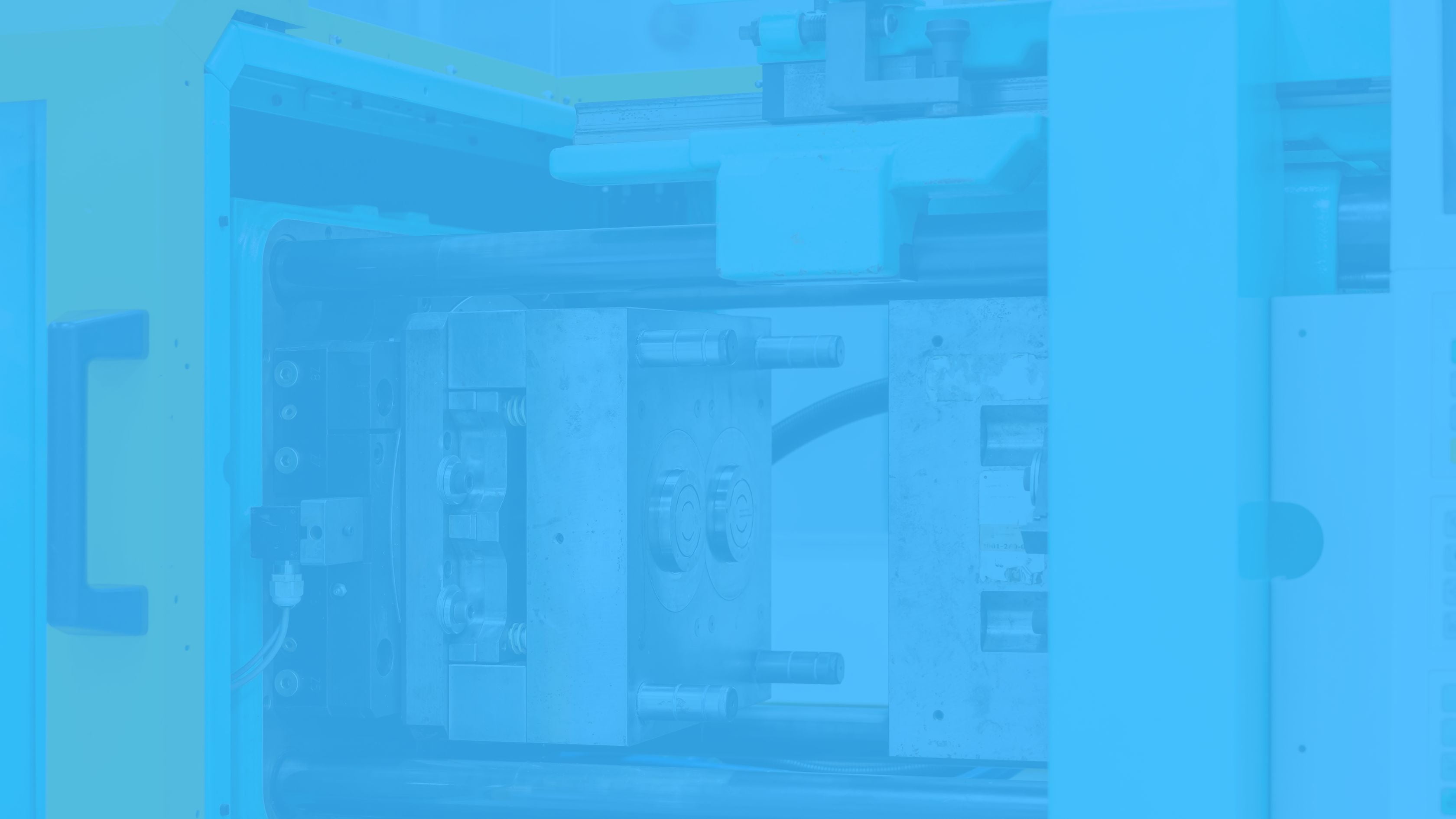
Why Injections are More Effective and Economical these Days than Casting or Fabrication
Over time, manufacturing processes have seen a significant transformation. From traditional casting and fabrication techniques, modern industries have shifted to more advanced methods such as injection moulding. This has massively enhanced the economy and effectiveness of producing respective components. One of the most frequently used components today are injection moulded components.
Efficiency of Injection Moulding
Injection moulding has proven to be highly efficient for mass-producing high-quality injection moulded components. Unlike casting or fabrication, this method involves injecting molten material into a mould, which is then allowed to cool and harden, forming the pre-determined shape. This process allows for the production of parts with complex geometries that would otherwise be difficult and expensive to produce using traditional casting or fabrication techniques.
Moreover, once the mould has been created, the process can be automated, leading to reduced labour costs and a faster lead time. As a result, injection moulding is beneficial for businesses that require high volumes of identical products, compelling industries to switch to this advanced methodology for its considerable cost-effectiveness.
Economical Benefits of Injection Moulding
Several factors contribute to the superior economical advantages of injection moulding compared to conventional casting or fabrication processes.
Firstly, the majority of costs in injection moulding are upfront, which includes the design and manufacturing of the mould. However, once this initial expense is addressed, the cost per unit becomes remarkably low, especially when mass-produced. In contrast, processes like casting or fabrication have variable costs that remain consistent irrespective of the volume of production, leading to significant expenses for high-volume production demands.
Secondly, the elimination of wastage in the injection moulding process also contributes to its economic advantage. There is little to no material wasted during the process since the exact amount of material needed for each part is precisely calculated and used, unlike casting or fabrication processes that often result in excess material being removed and discarded.
Lastly, the significant reduction in labour costs due to the high level of automation in the injection moulding process further fuels its economical benefits. Automated machinery can run with minimal supervision and can operate 24/7, enabling companies to maintain consistent productivity levels round-the-clock—an advantage that traditional techniques like casting or fabrication lack.
Quality of Injection Moulded Components
Injection moulding facilitates the production of durable, high-quality products that are accurate to the minutest detail. As compared to casting or fabrication, this method helps in achieving tighter tolerances and more intricate designs. The end products exhibit high repeatability, which is a mandatory requirement in most industries today.
Moreover, there exist a wide variety of materials and innovative material combinations that can be used in the injection moulding process, enhancing the flexibility and versatility of the process concerning component specifications and performance.
Ultimately, injection moulding demonstrates superiority over traditional casting or fabrication techniques in various aspects. From producing high-quality, detailed, and intricate injection moulded components to achieving advances economically and operationally, the process of injection moulding is indeed revolutionizing various industries. As technology continues to evolve, this technique is anticipated to grasp even more industries, providing unparalleled cost-effectiveness and efficiency in component production.


